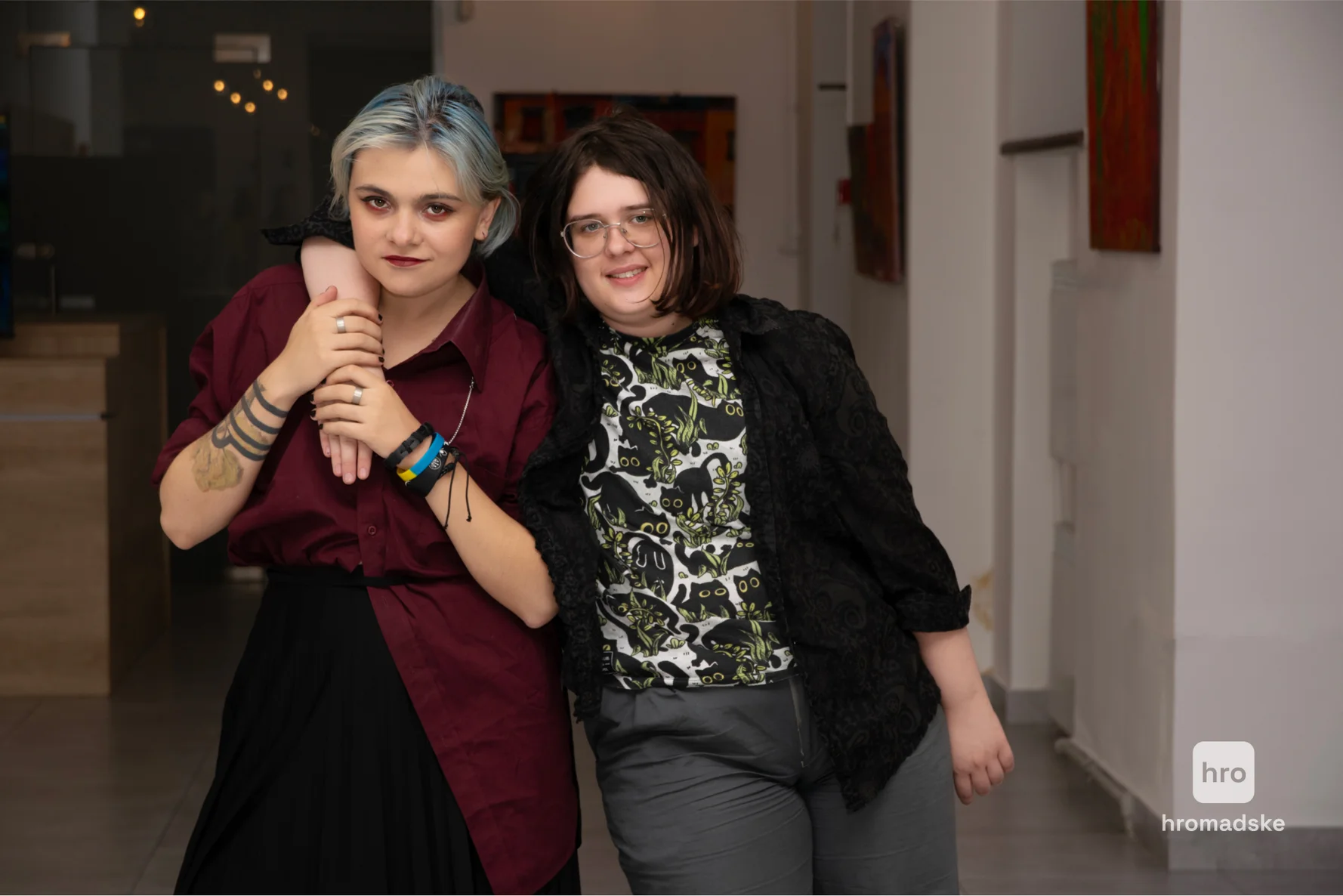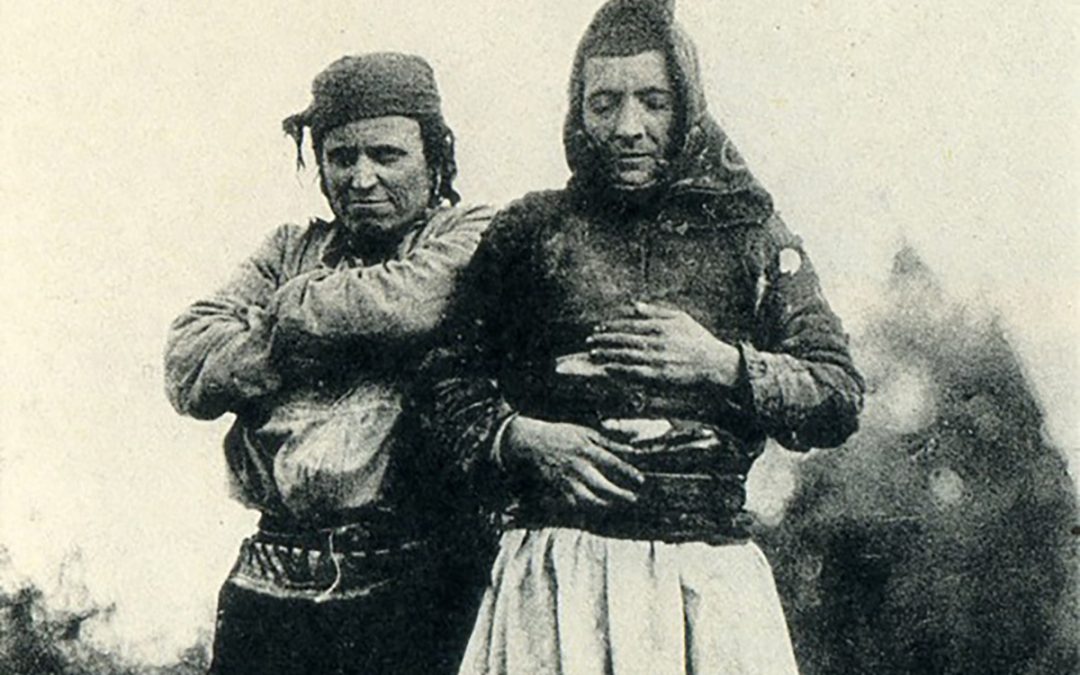19th Century ‘Friendships’ to 90s Drag: Eastern Queerope Returns

A Sworn Virgin in Mirdita with her friend. Photograph taken by Carleton S. Coon during his 1929 expedition to northern Albania
We’re back with more stories.
This collection takes you through centuries of queer life in Eastern and Central Europe. There are 19th-century letters between friends that feel like something more. Ukraine’s first Pride in 2013. A Czechoslovak activist who dedicated his life to fighting for decriminalization. A filmmaker whose boundary-crossing art got him thrown into a labor camp. Sworn virgins who lived as men in the patriarchal Balkans. Polish queer communities in the 90s — not just in big cities, but thriving everywhere. And so much more that was hidden or erased.
We’re still working with limited sources, doing our best to be accurate. As always, feel free to criticize, correct us, and share your thoughts.
The first two series of Eastern Queerope publications are available here and here.
Tomasz Zan and his letters to Leonard Chodźko
Ukraine’s first Pride parade
What queer theatre in Estonia reveals
Imrich Matyáš
Sworn virgins of the Balkans
The Fairy Triangle
Karol Szymanowski
Polish queer small city life in the ’90s
Queer colonial Minsk of the 1950s
The beauty of Sarkis Parajanian’s movies
The story of Mikołaj Turkowiecki and Stanisław Skrzypczyk
HIV and AIDS crisis in Poland
Read more articles from the Issue
Nothing Found
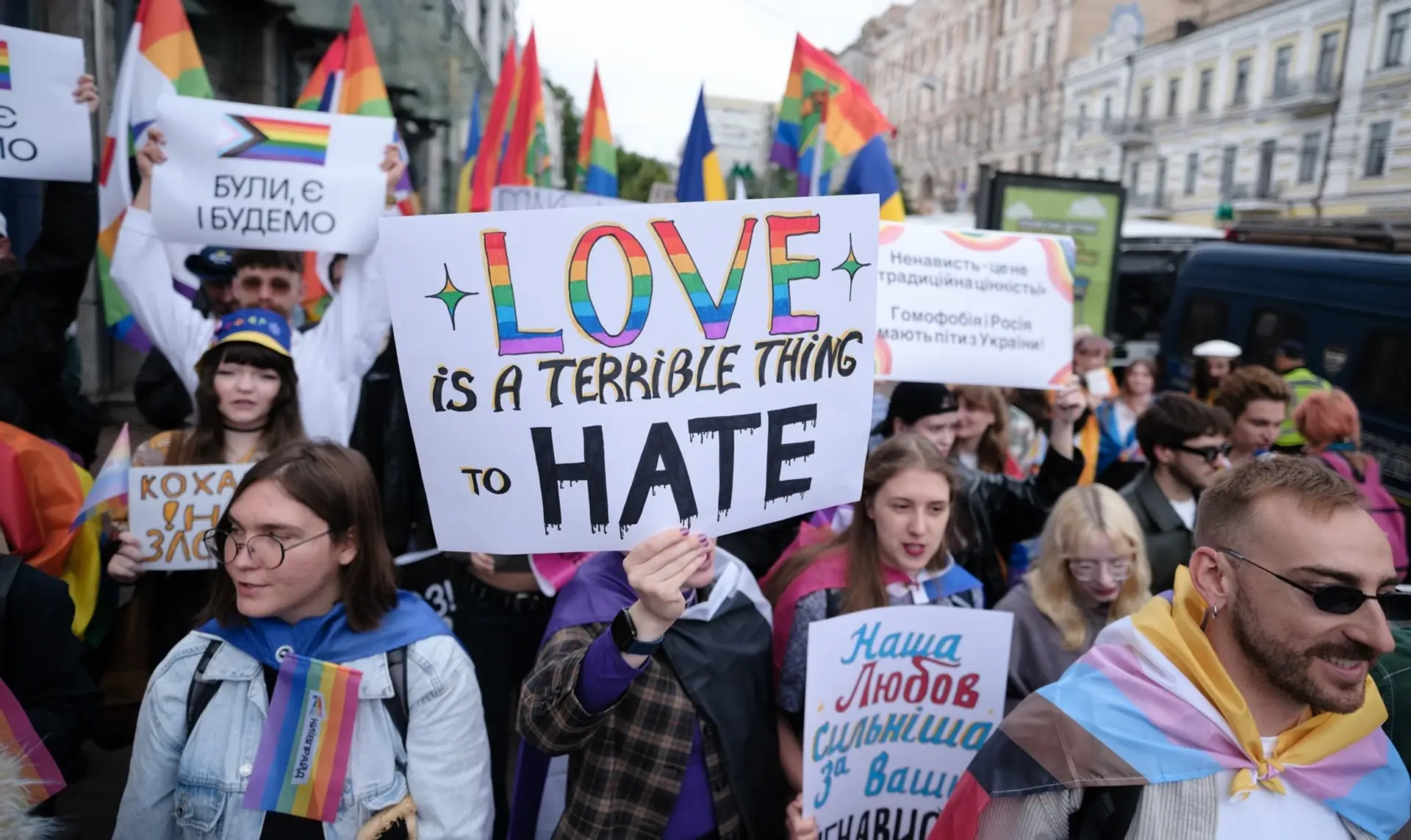
Criminalized and Invisible: The Long Fight of Queer Ukrainians
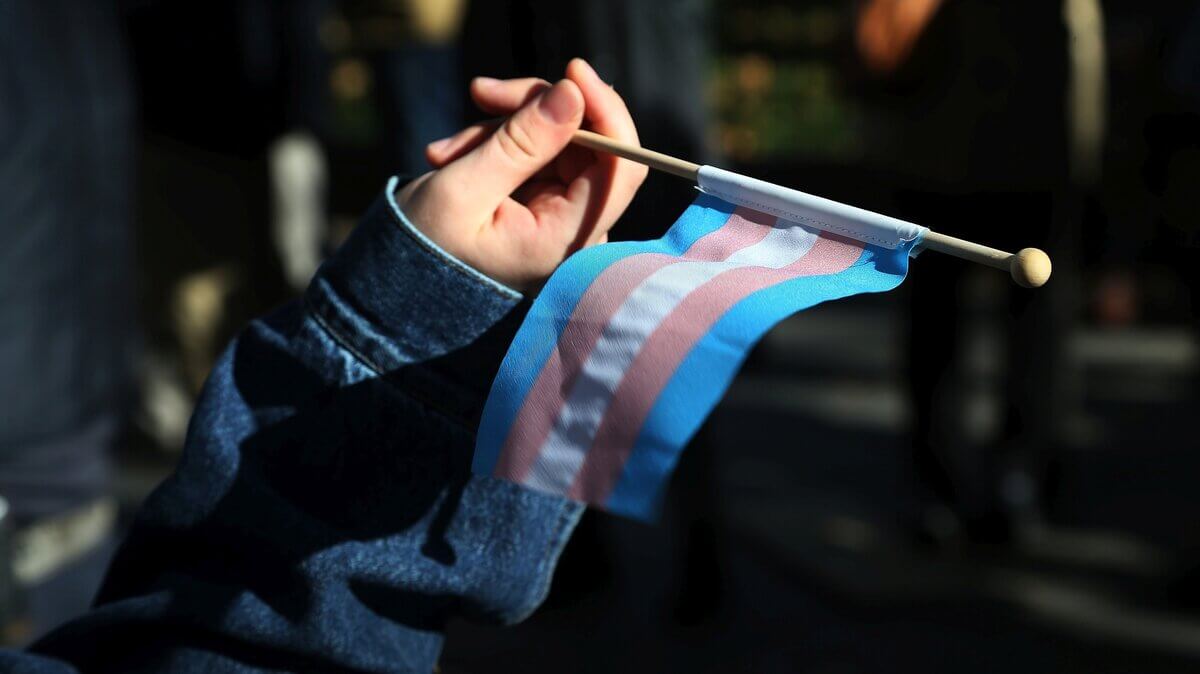
Conversion Practices in Germany: Violence in the Name of God

“There is a lot of shame in our community”

How Ukraine’s Queer Artists and Activists are Safeguarding LGBTQIA+ Memory in Wartime

Eastern Queerope Belarus: Stories of Resistance, Repression, and Cultural Renewal

Homophobia at the Core of Putinism’s Ideology

Strange Embrace: Paradoxes of Homosexual Desire in the Third Reich

Beauty as a Shelter: Ukrainian Women Rebuild Their Lives in Bucharest’s Salons

Angels from the East

Passing the Paintbrush: Historic Queer Jewish Artists in Berlin

Searching for Oneself at Random: How LGBTQI+ Communities Emerged in the Donetsk Region, 1991-2014

“I Have Nothing to Hide”

When We Stopped Hating Ourselves: Gay Life Under Persecution In Poland And Germany

How Queer Soldiers Shape Ukraine’s Defense And Future

Unsafe in The Country of Origin

The Bible, Putin, AfD: Four Misanthropic Myths to Abandon

Queer Resistance in Ukraine: Between War and Disinformation

No Safe Place

“A Place You Can Always Come To”: Shaping Polish Diasporic Queer Communities in Germany

Asylum Discourse: What Are “Safe” Countries of Origin for Queers?

Queer Fronts
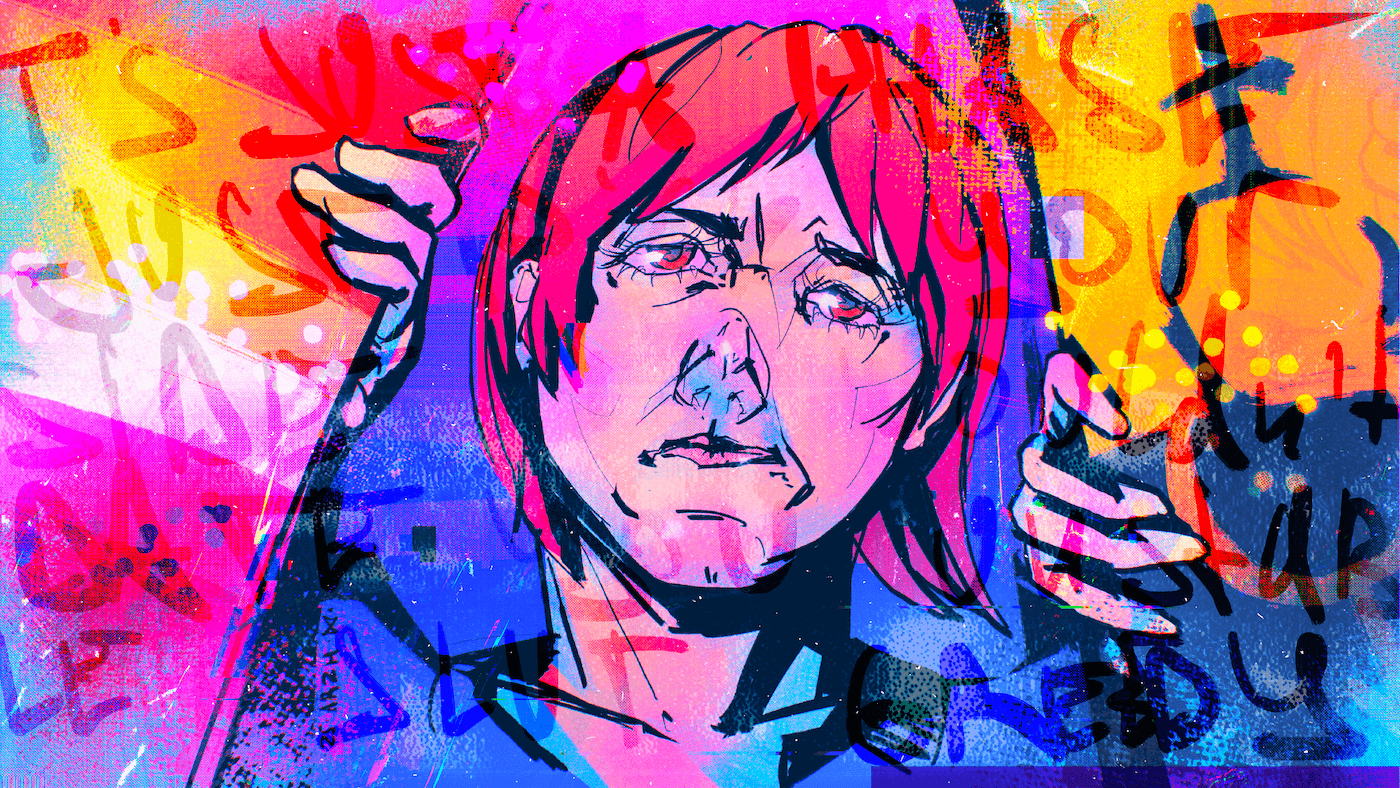
Moving Stories: LGBTQIA+ Ukrainian Refugees
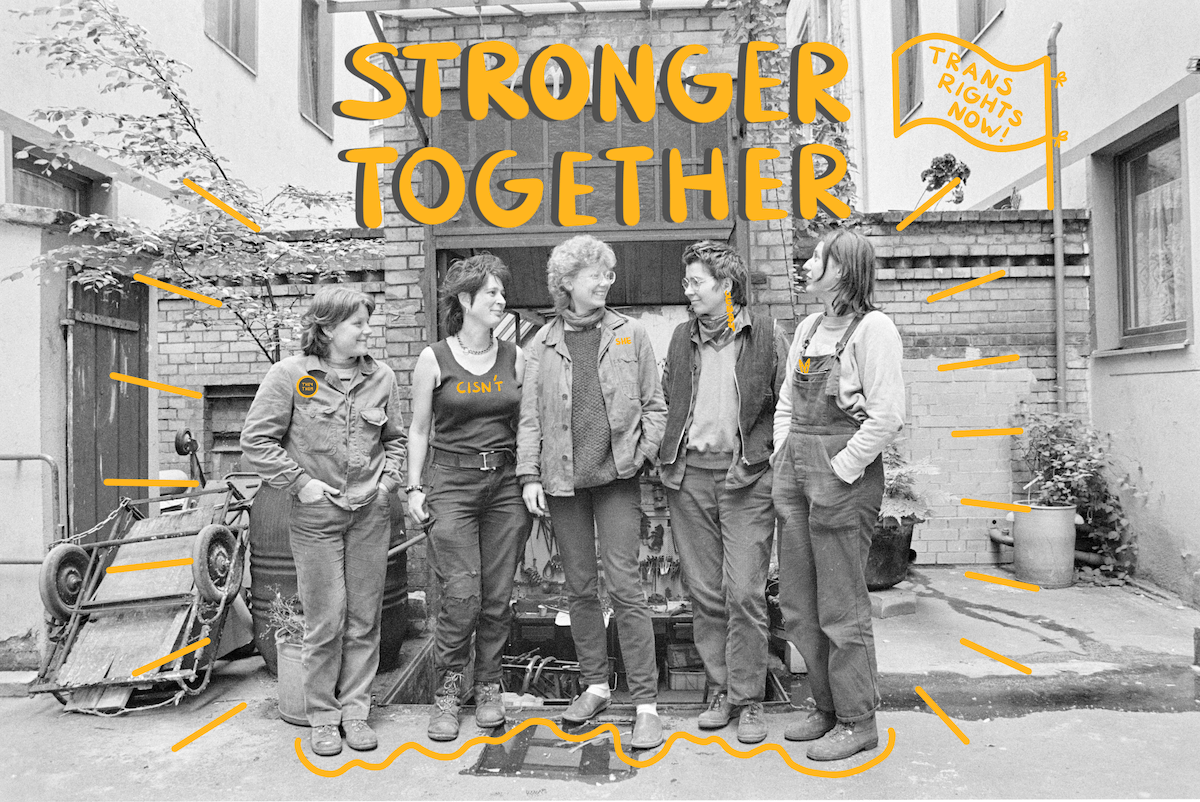
Beyond the Binary

Queer Rights and Marriage Equality Under War, Authoritarianism, and Democracy

Gaps in Remembrance – Queer Biographies during National Socialism
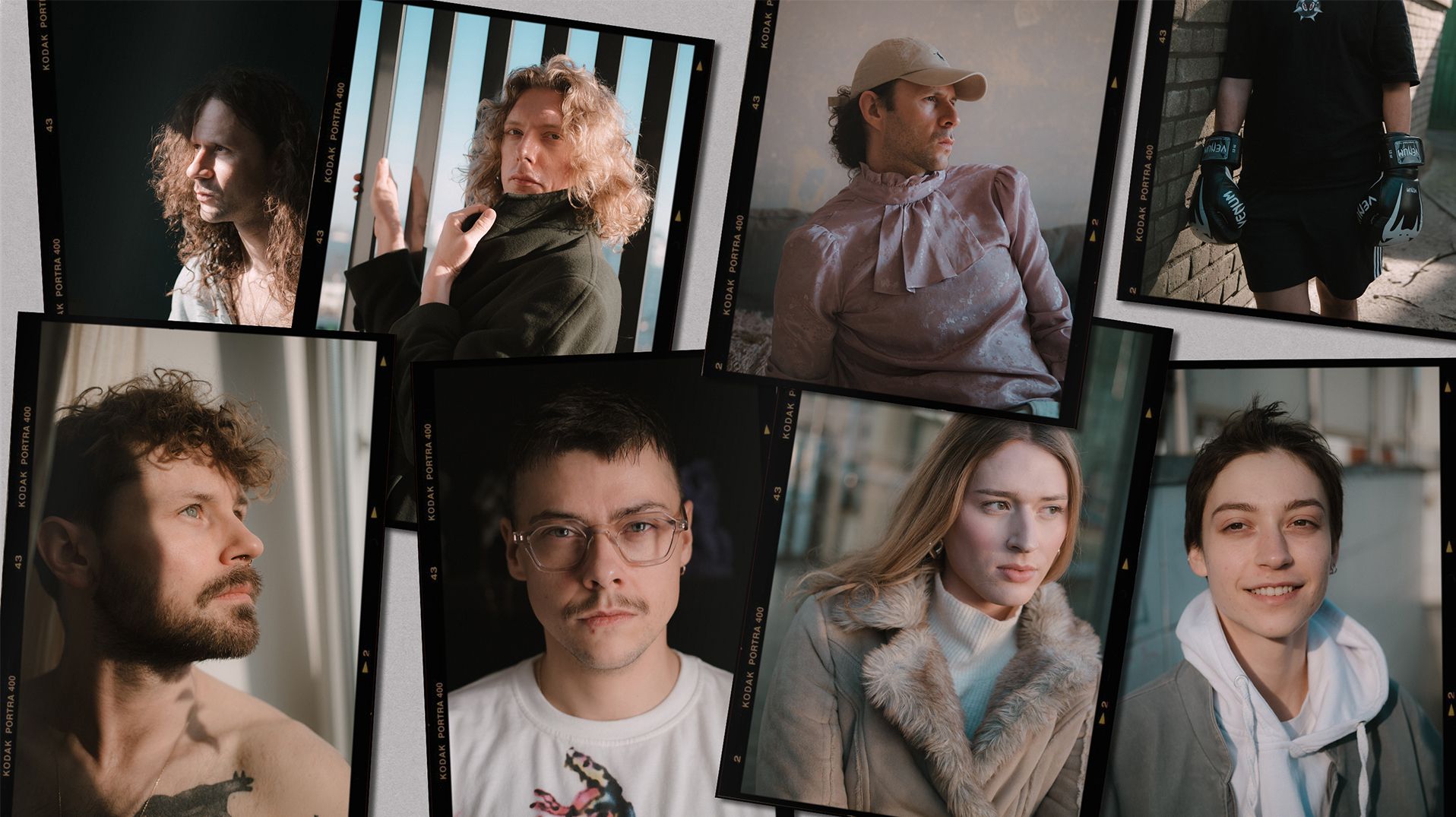
Queer and Trans People Have Always Been Here. These Are Their Stories
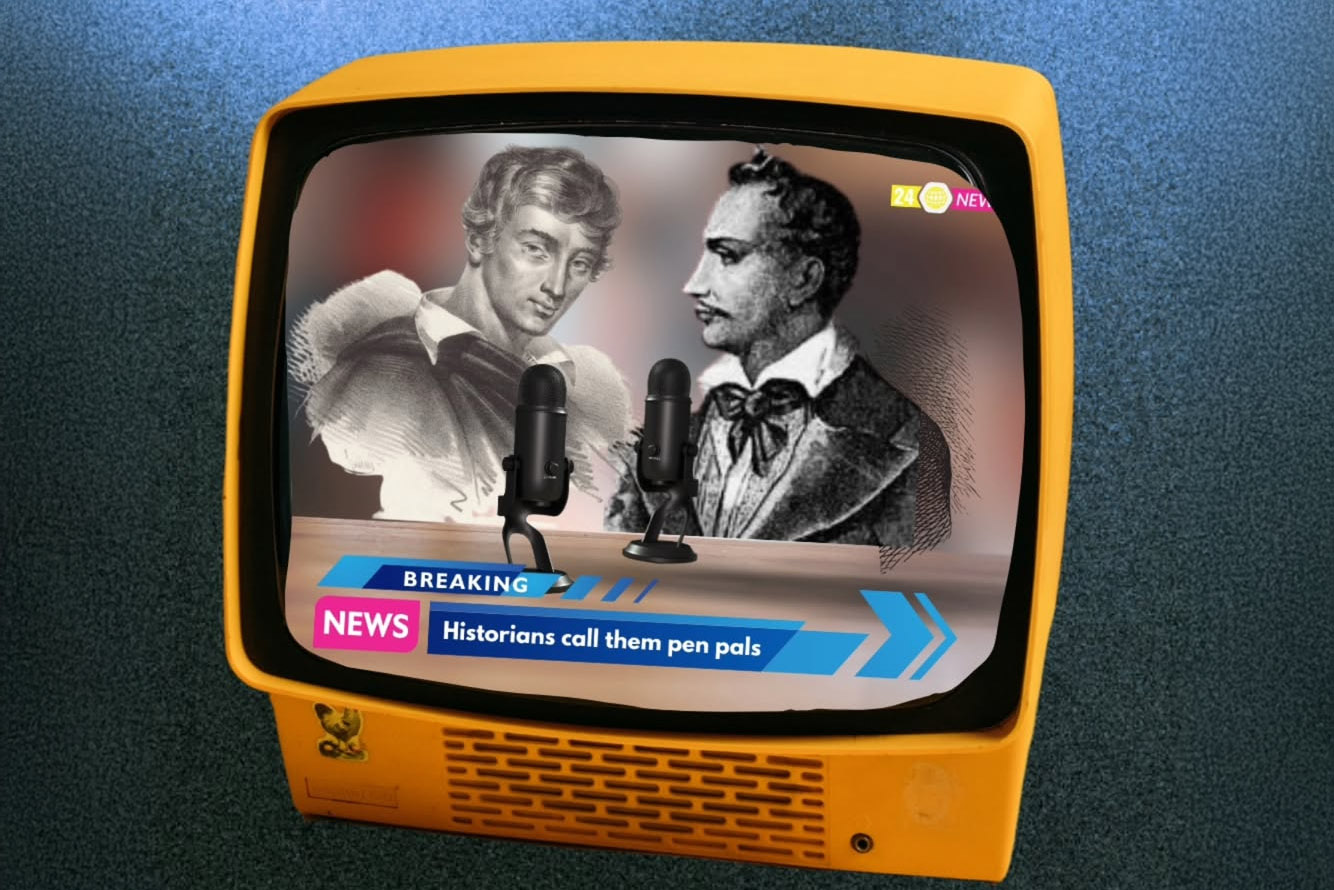
New Stories from Eastern Queerope
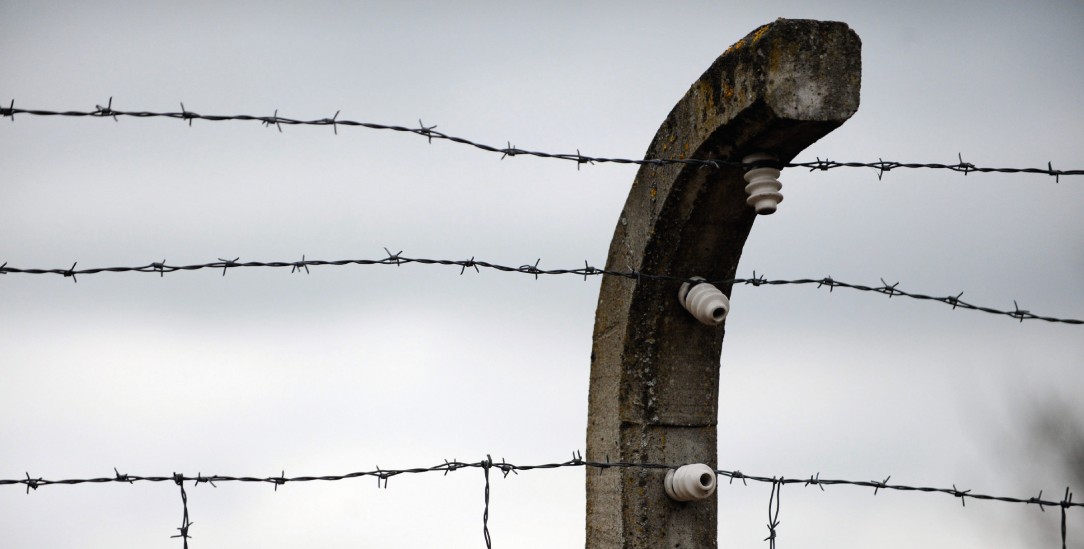
The Prisoners with the Pink Triangle
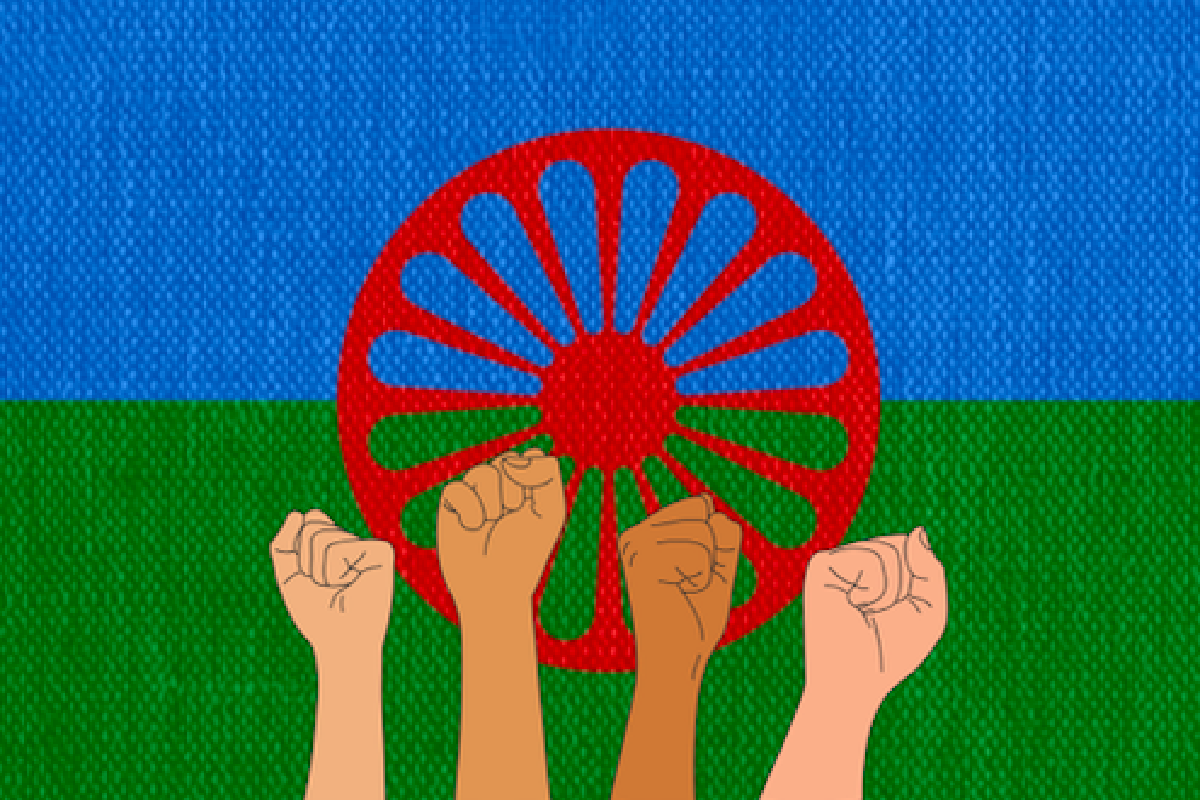
Queerly Beloved: Romani Resistance Through the Ages

Intertwined Queer Stories: First LGBTIQ+ Museum in Eastern Europe

“The Smaller the Settlement, the Greater the Influence of Religion”: Belarusian Trans Non-Binary Activist in Poland
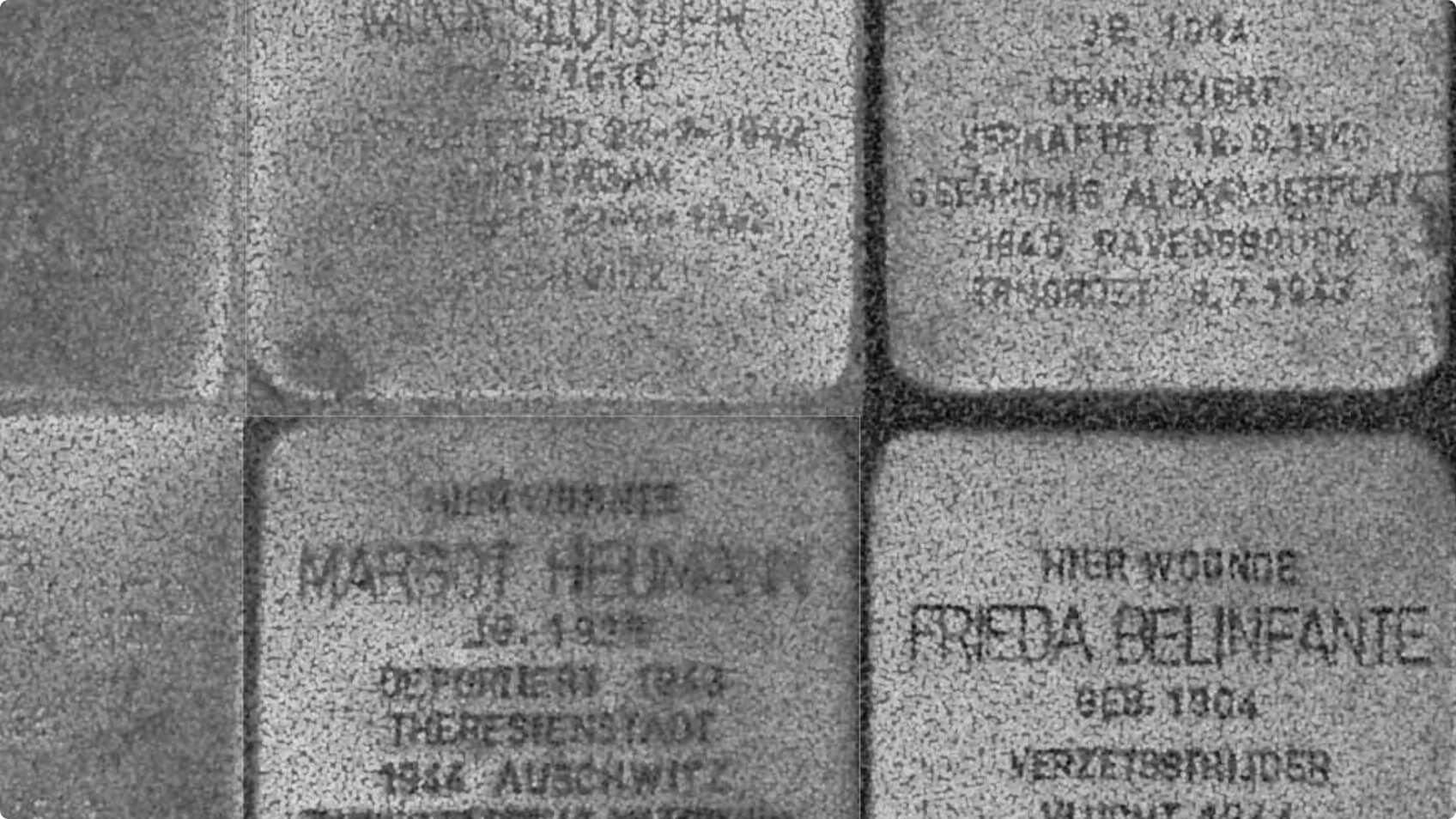
Queer Holocaust Voices – the Price of Silence

Forgotten Stories of Eastern European Queer Heroes

“I Accept Myself with All My Features”: Ukrainian Queer Person and Her Identity in Catholic Poland
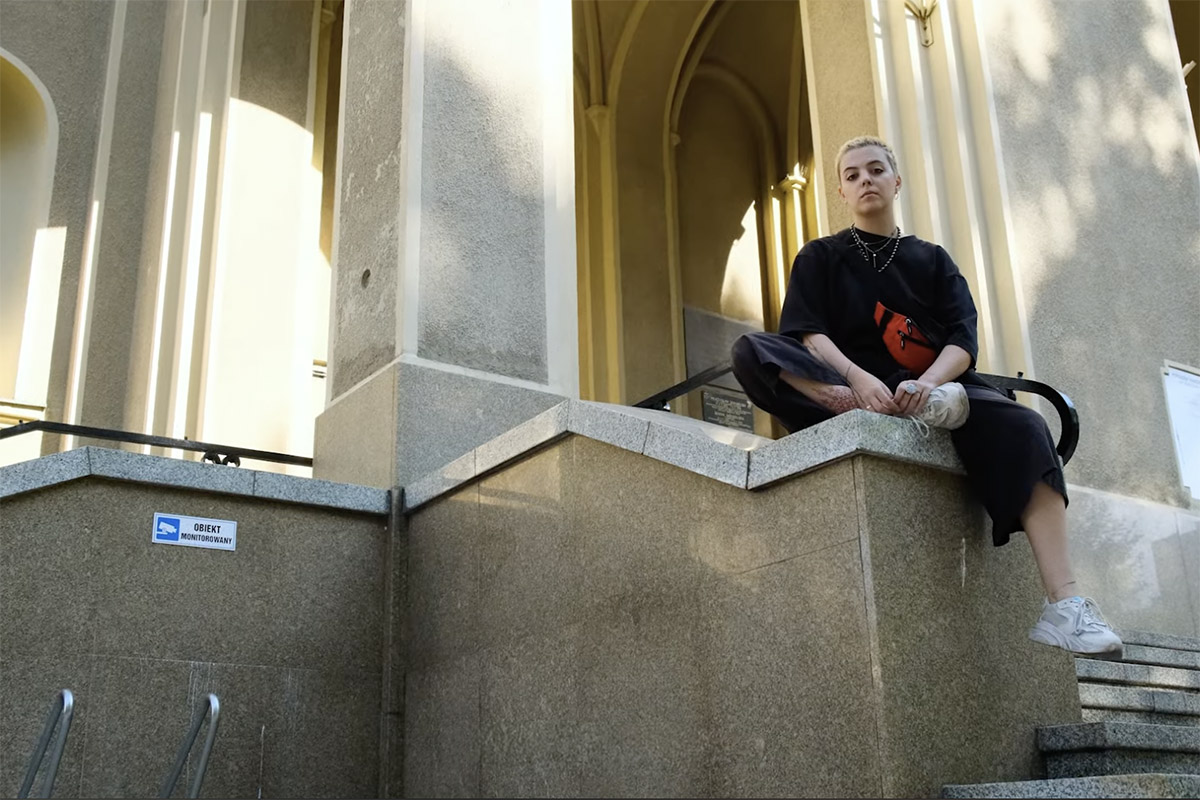
Belarusian on Bisexuality, Theatre and Emigration

Shelters, Help and Support: How Uzhhorod Became a New Home for Queer People
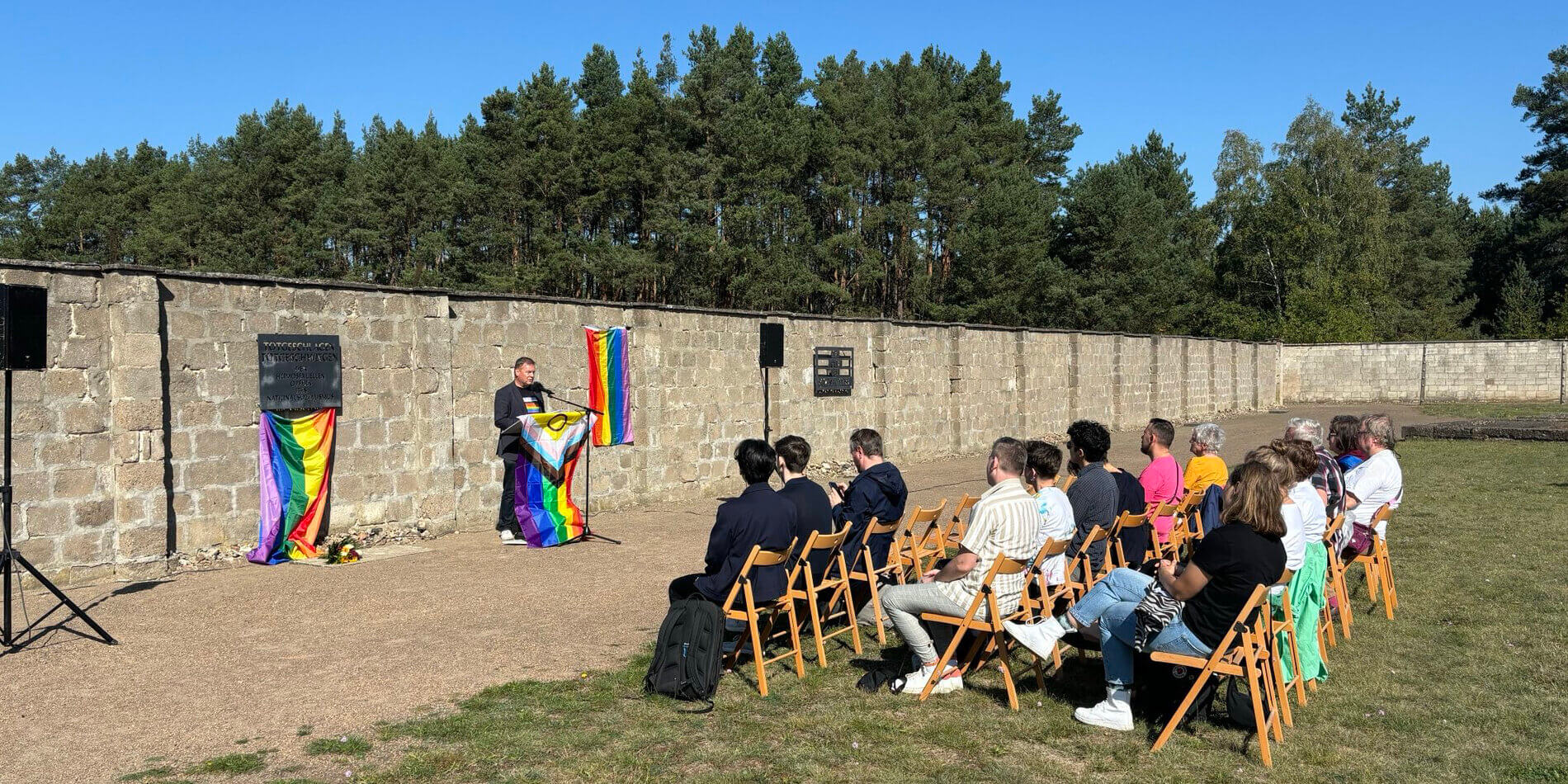
Diversity in Brandenburg: Queers Take a Stand
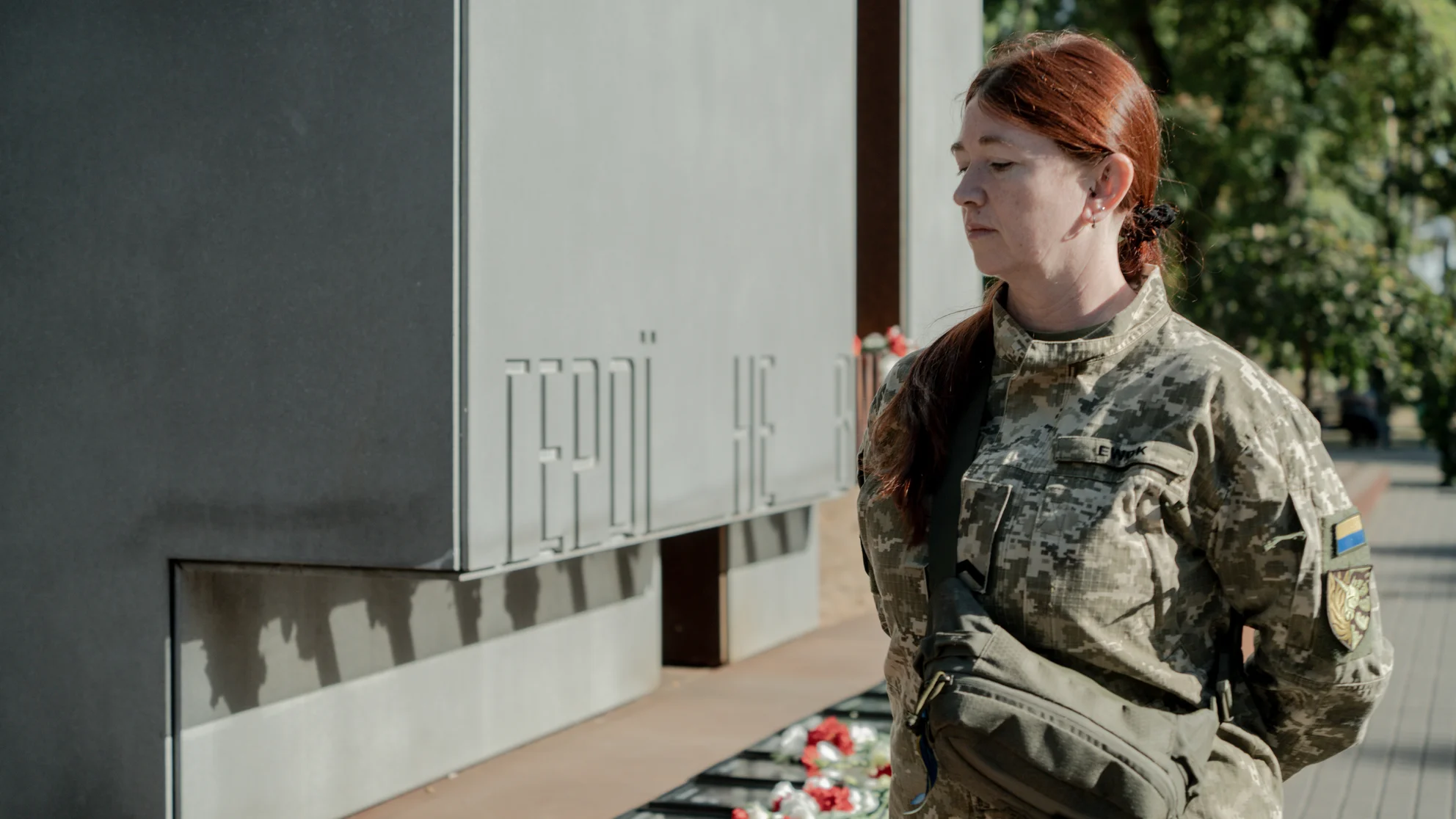
Being Yourself. How Kharkiv’s LGBTQI Community Fights for Their Rights

Queer in One of Most Catholic Countries in Europe: Stimulus or Hindrance?
